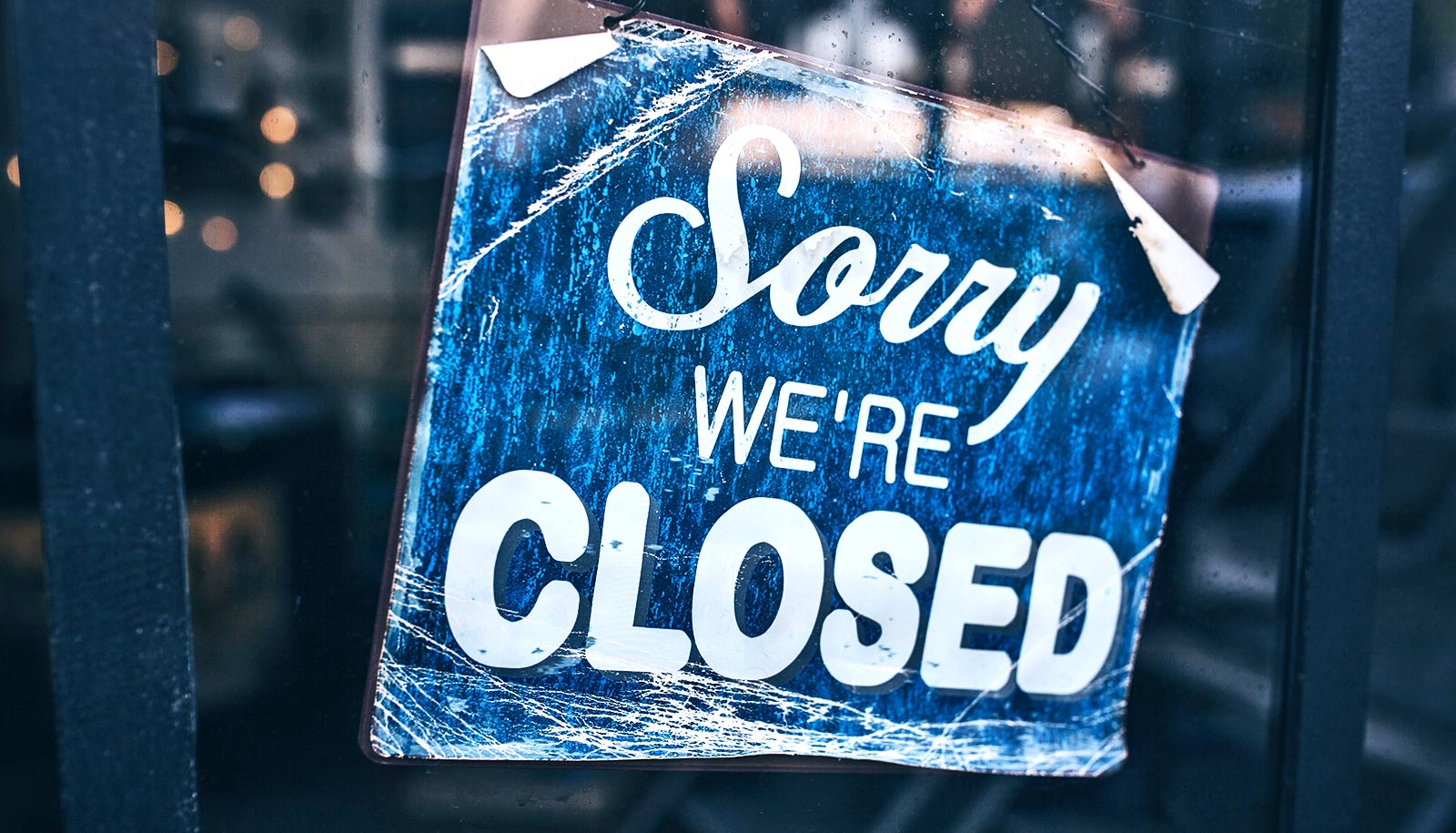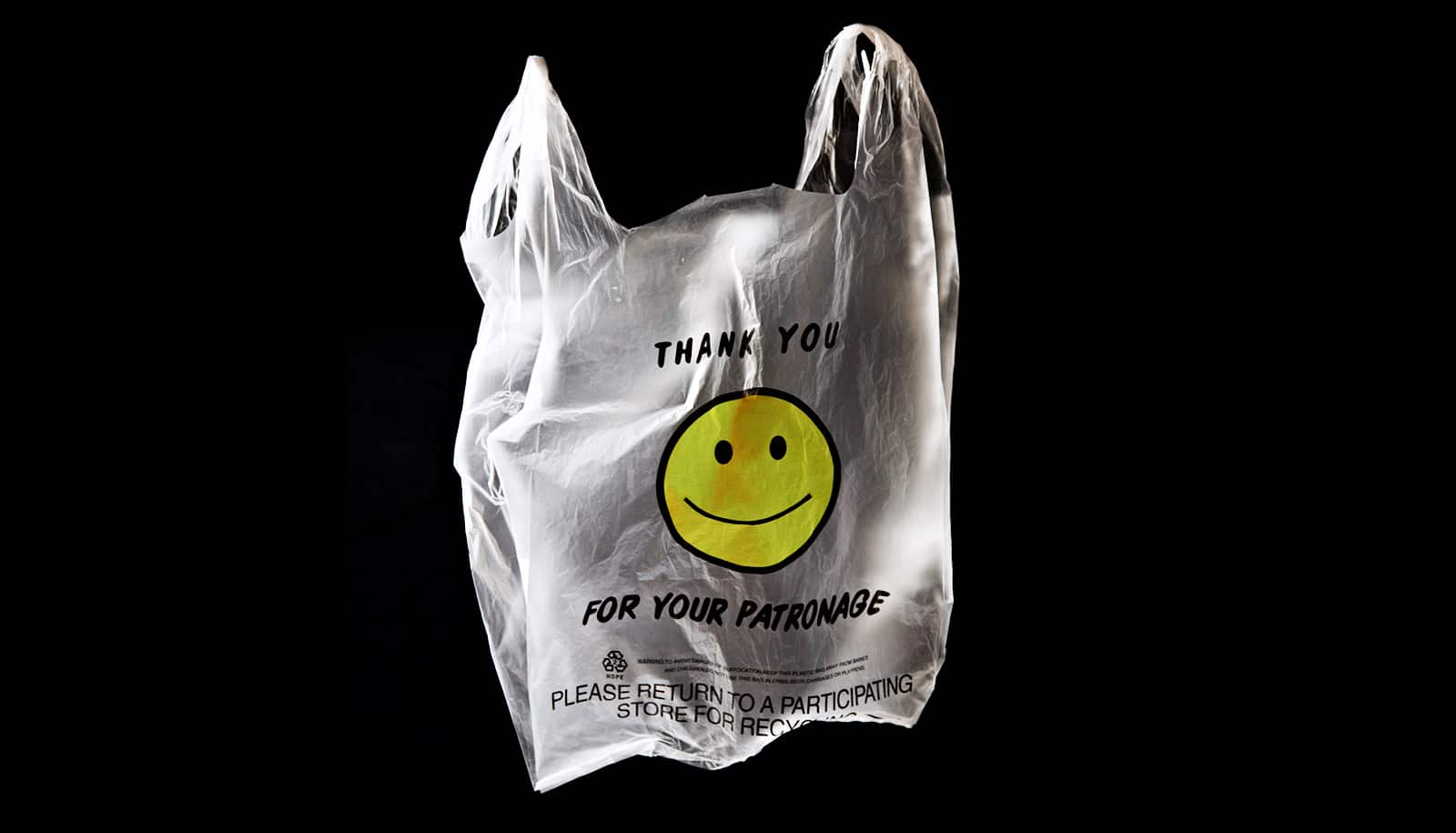As the holiday season and end of the year approaches, the global supply chain has been navigating pandemic-related disruptions for nearly two years.
Microchip and semiconductor shortages, inconsistent shipping, production factory shutdowns, and consumer demand shifts have created supply chain issues like never before.
Jason Miller, associate professor of supply chain management at Michigan State University, has closely monitored intricacies of the supply chain and compared it against government data.
Here, Miller provides a snapshot of the current state of the supply chain, how it may affect inventory ahead of the holidays, and when COVID-19 related supply chain shortcomings will be resolved:
Broadly speaking, where are consumer supply levels in our 2021 COVID-19 world compared to 2020?
On the importing side of the equation, despite many headlines about record queues of containerships anchored outside US ports, consumers shouldn’t concern themselves.
For the first eight months of 2021, waterborne containerized imports are up 16.9% from the first eight months of 2019 per data from the US Census Bureau.
As an example of a consumer product category top of mind for this time of year, US imports of toys are up 22% for the first 8 months of 2021 versus the first 8 months of 2020.
Separate data from the US Bureau of Economic Analysis indicates stores such as Walmart, Target, Costco, and Meijer have inventories levels that are 10% above where they were for this time in 2019.
This being said, consumers have been purchasing at a faster clip than supply has increased, meaning that while there won’t be widespread shortages, getting the exact version of a specific product may be more challenging.
What strategies have the big box retailers implemented to mitigate the issues of plant shutdowns where consumer goods are made?
Big box retailers such as Costco, The Home Depot, and Walmart have made news by chartering small containerships to better guarantee capacity for imports from East Asia. One thing to keep in mind, though, is these charters represent a fraction of these retailers’ imports.
In recent years, many consumers have opted for online shopping instead of brick and mortar. Is this a smart way to go this year given shortages?
Consumers should recognize that waiting to the last minute—even in the hopes of getting a deal—to order online is a poor strategy, except for ordering items from a brick-and-mortar retailer that will be fulfilled from a local store (since the items won’t need to flow through a parcel carriers’ network).
All year we’ve heard about microchip shortages, but mostly as it relates to cars/production. Are there other products this shortage will affect?
The fallout from semiconductors has been primarily confined to automotive production from my understanding. We have had other shortages in other industries due to the disruption of chemical production in February due to the polar vortex.
Apple just released some updated versions of its devices. Has the semiconductor shortage affecting inventory of these products something that we should be concerned about ahead of the holidays?
Looking at the import data, products such as video game consoles should be in good supply, as the metric tons of imports are up a staggering 44% over 2019 levels for the first eight months of 2021 relative to the first eight months of 2019.
However, cell phone imports are relatively unchanged from 2019 but displayed an unseasonal drop in August. September and October are the biggest months for importing cell phones, so time will tell whether the August drop was a harbinger of problems.
Looking ahead to 2022, does it look like it’s trending toward resolving 2021’s supply shortcomings?
As we move into the spring, many of the supply chain snarls should have begun to work themselves out, assuming consumers’ spending begins to shift away from durable goods towards services as the COVID-19 pandemic dissipates.
Source: Michigan State University



